Heat Stroke
Heat stroke, also called as sunstroke, is the most severe form of hyperthermia or heat-related illness. Heat stroke is a life-threatening condition that causes your body to overheat. It’s defined as a body temperature above 104 degrees Fahrenheit (40 degrees Celsius)

It’s usually the result of overexertion in hot, humid conditions. Symptoms can include confusion, seizures or loss of consciousness. Untreated, heatstroke can lead to organ failure, coma or death.
The danger of dehydration and heat stroke
Dehydration and heat stroke are two very common heat-related diseases that can be life-threatening if left untreated.
Points To Be Noted:
Ignore the Popular Rule to Drink “ 8 ”Glasses of Water a Day – Definitely It’s Not Enough
The first rule is – Respond to Thirst When the Feeling Strikes
Always carry a water bottle wherever you go and refill it as needed.
Start a “drink water” challenge alone or with loved ones to motivate you to drink enough water.
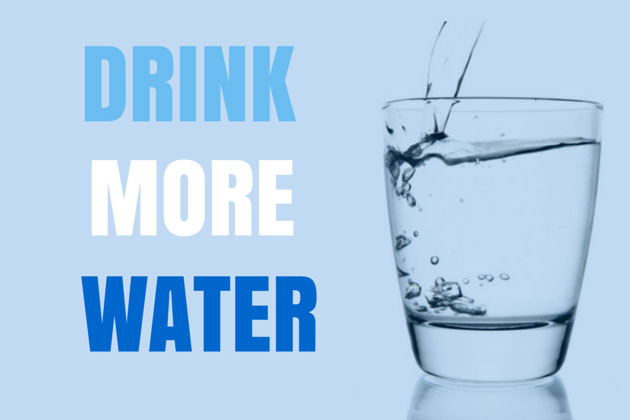
Add more water-rich foods such as vegetables, fruits and soups into your diet.

Prevent dehydration by including the following:
Drink plenty of fluids, especially when working or playing in the sun.
Make sure you are taking in more fluid than you are losing.
Try to schedule physical outdoor activities for the cooler parts of the day.
Drink appropriate sports drinks to help maintain electrolyte balance.
What are the signs and symptoms of heat stroke?
Heat stroke is a medical emergency. If you or someone you know exhibits any of the following signs or symptoms, Consult your nearby Hospital/ Doctors :
- Dry skin that doesn’t sweat, which is more common in non-exertion heatstroke
- Problems with movement and coordination
- Balance problems.
- Confusion or disorientation
- Dizziness.
- Excessive sweating that continues after you’ve stopped exercising
- Hot, flushed skin or very pale skin.
- Low or high blood pressure.
- Lung crackles (bubbling or gurgling sound in the lungs).
- Nausea and vomiting.
- Low urine output
- Rapid breathing
- Tachycardia (fast heart rate).
- Seizures.
- Syncope (fainting) or loss of consciousness.
- Weakness.
What are the complications of heat stroke?
People with heat stroke can develop shock or slip into a coma. High body temperature can lead to:
1. Acute respiratory distress syndrome (ARDS)
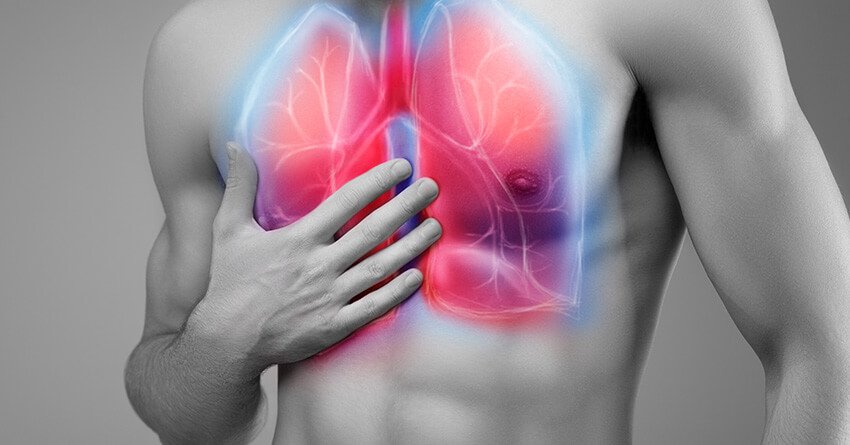
2. Brain swelling
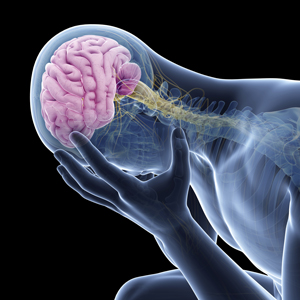
3. Kidney failure
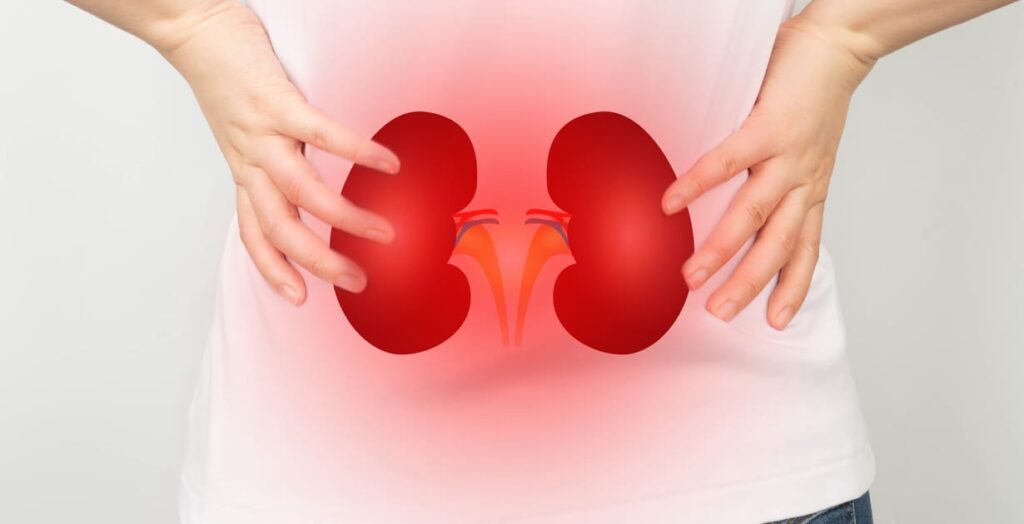
4. Liver failure
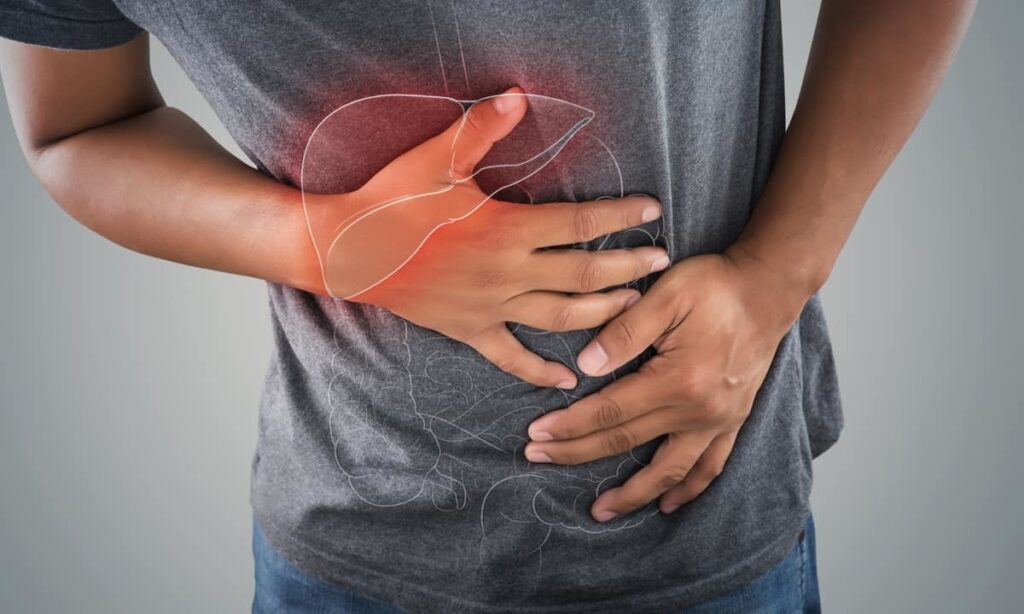
5. Metabolic dysfunction
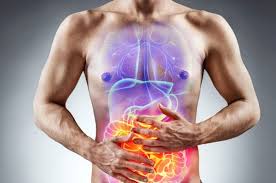
6. Nerve damage
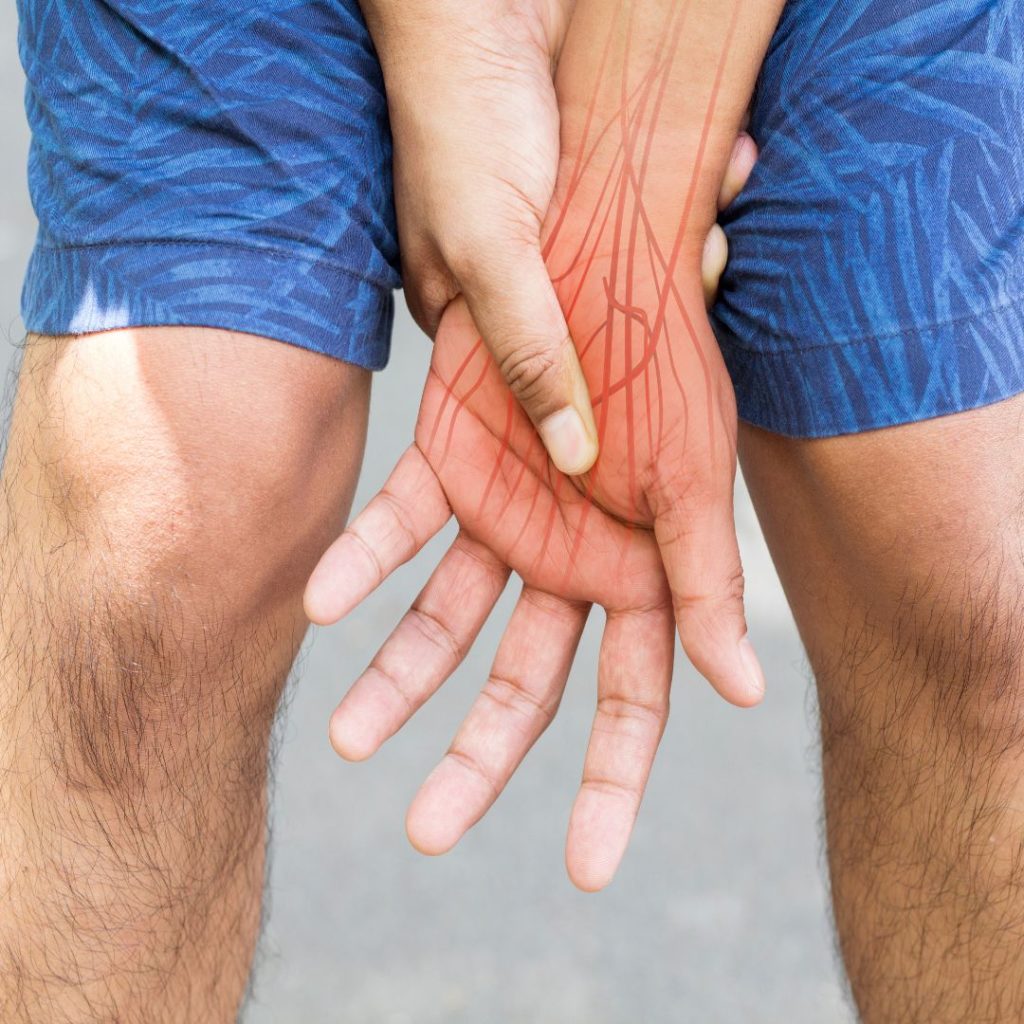
7. Reduced blood flow to the heart and other circulatory problems.
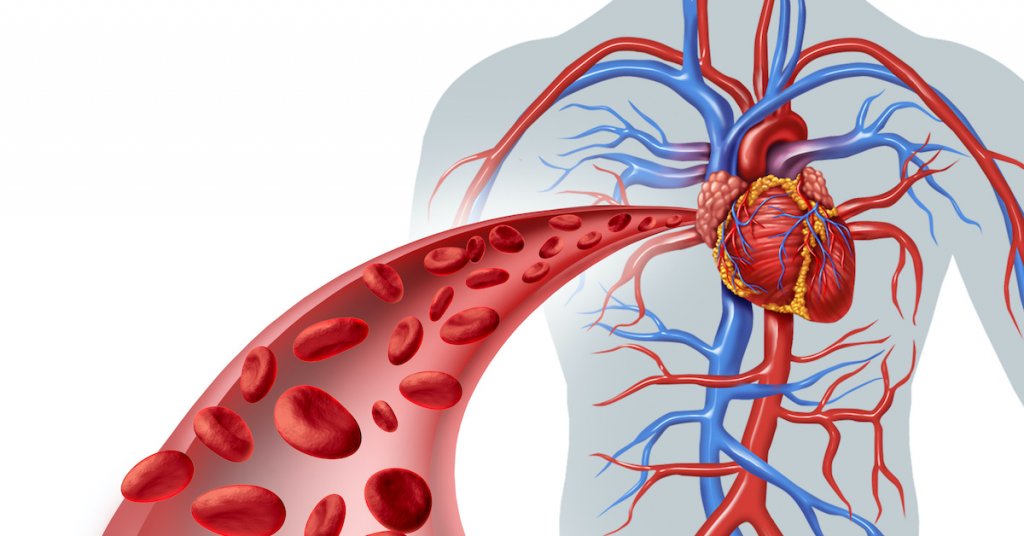
How can I prevent heat stroke?
In most cases, it’s possible to prevent heat stroke by:
- Avoiding strenuous physical activity in hot, humid conditions.
- Consuming sports drinks, lightly salted water or broth.
- Gradually letting your body acclimate to warm temperatures over several weeks if you’ll have to be in hot conditions for work or sports.
- Never leaving children (or pets) in closed, hot spaces such as cars.
- Staying in air-conditioned or well-ventilated areas during heat waves.
- Wearing lightweight, light-colour and loose-fitting clothing if you’ll be out in the heat.
When should I contact my doctor?
If you’ve had heat stroke and are recovering, contact your doctor right away if you experience anything abnormal such as:
1. High Temperature ( 102°F )
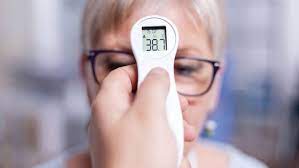
2.Cognitive dysfunction (problems thinking or remembering)

3. Low urine output

4. Difficulty breathing
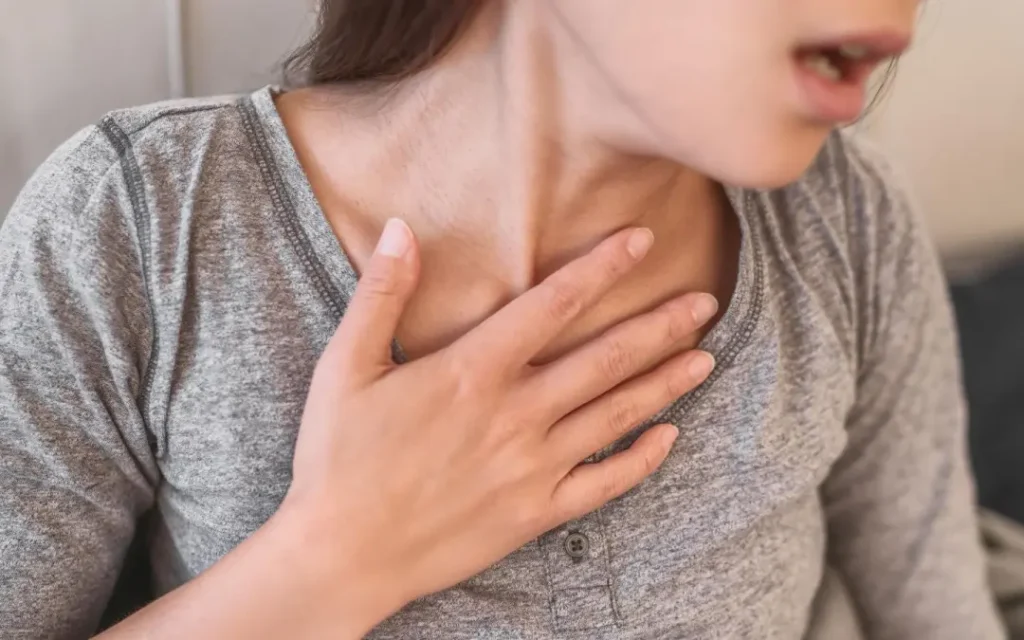
Beat the Heat and Stay Healthy!
Summer is here, and with it comes the risk of heatstroke. This serious condition can be life-threatening if not treated promptly. Our informative blog post dives deep into heatstroke – its dangers, symptoms, and most importantly, how to prevent it.
For any medical concerns, including those unrelated to heatstroke, our team of healthcare professionals is always here to help.

DR. SARAVANAN SAKTHIVELU., MD GENERAL MEDICINE

DR. SASI KUPPUSAMY MD., DNB FAMILY MEDICINE

